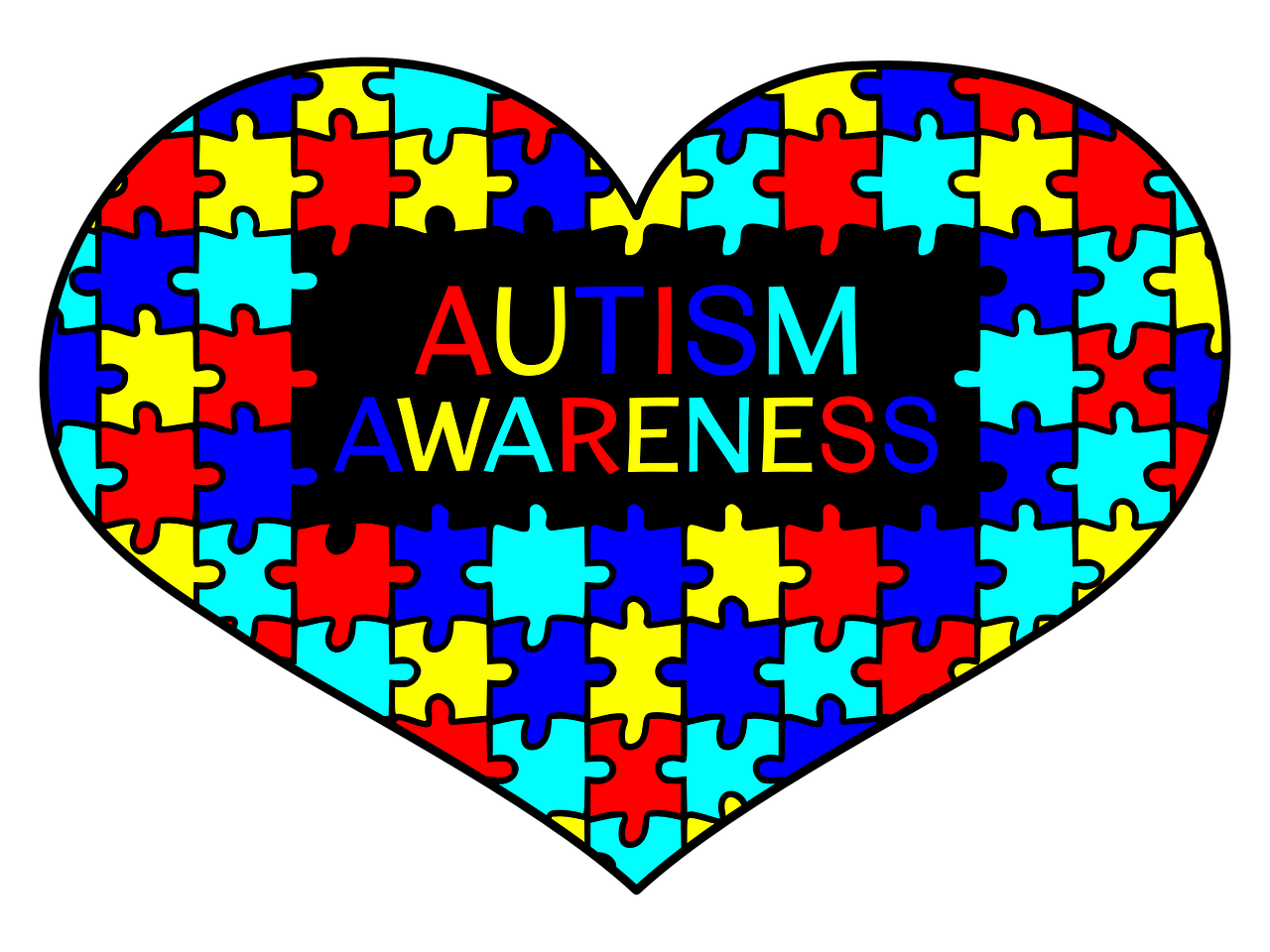Mental Health
Why You Should Try Social Stories for Children with Autism

(Photo : Why You Should Try Social Stories for Children with Autism)
Children with Autism Spectrum Disorder (ASD) have impaired brain development and function. Unlike normal children, they are different in thinking and are less responsive than others. Also, they are not quick learners, so you have to teach them a different way.
Most autistic children face difficulties in social interaction, including poor eye contact, flat speech, abnormal body movements, staring at lights or any spinning objects, and much more. Training them in social norms and academics is more difficult than normal children.
In 1991, Dr. Carol Gray came with the concept of social stories to teach kids with autism. Social stories are the visual representation of certain situations and the way you need to deal with that situation. With comprehensive arts and written clues, social stories help navigate their learning.
After successful experimentation, Dr. Carol Gray published her first book on social stories for kids with autism in 1993. Since then, the concept of social stories in autism learning gained immense popularity. Now, this idea of children with autism using social stories accounts for modern-day therapy for autistic kids.
The Concept of Social Stories
As mentioned earlier, Dr. Carol Gray first realized the importance of social stories to teach children with ASD. The primary concept is to teach them what people actually do in a particular situation. You need to illustrate the event with a set of problems and how to deal with those problems.
Because of their impaired brain development, kids with autism cannot understand the whole situation altogether, so you need to break down the situation and teach them small fragments of the situation with colorful photographs and simple commands.
How to Prepare Social Stories
In most cases, social stories contain pictures with concise phrases. You can download pictures online or draw pictures by hand. Next, order them in sequence to establish your story. Give a small phrase or sentence below every picture.
Make sure you break down the whole scenario into small steps. Some people also try to save paper and add too many photographs and commands in a single page. Make it easy and light so that the child can digest it quickly.
Other than that, your facial expression and the way you are teaching him the stories add importance to his learning. Flat and monotonous expressions with colorful photographs are never a good idea to teach autistic kids. Make it fun. Make it realistic.
To get some social story ideas, you can buy Autism parenting magazines. You can also buy social stories books for young children from Amazon.com. Whether you buy the stories or prepare them yourself, you need to present it well to create some impact.
Components of Social Stories
Social stories are written in seven different sentence formats. Let's find some basic sentence categories with examples.
1. Perspective Sentences
They are the generalized thoughts, beliefs, motivation, opinions, and physical condition of any characters in the script. For example: Tomas likes to swim.
2. Descriptive Sentences
These sentences are used free from opinions and assumptions. They are generally used to answer any questions in particular situations. For instance: Paul went to the store to buy apples.
3. Control Sentences
These are written by autistic kids after listening to any social stories. This helps to identify his personal strategies after gaining information. For example: I need to wash hands before each meal to stay healthy.
4. Directive Sentence
This type of sentence helps to respond to any action in a positive way. For example: I will brush my teeth before going to bed.
5. Cooperative Sentence
This type of sentence helps them understand the role of other people in a society or in any particular situation so they can correlate better with the roles and responsibilities of the characters. For example: There are a lot of vehicles on the road. My mother can help me cross the street.
6. Affirmative Sentences
These sentences are used to reinforce or support any meaningful statements or opinions. You can use this in descriptive, directive, or perspective sentences. For example: I will wash my hands every time I use the washroom. It is very important to stay hygienic.
7. Partial Sentences
If the autistic child learns well and becomes capable of correlating situations, then you can try this. It helps to motivate them in response to an ideal situation. For example: My father loves to play chess.
Prepare Comic Strip Conversation
This simple visual representation can be effective in teaching autism children. Comic strips show people's intentions and feelings about particular aspects. You have to use different colors and names to express different characters in conversation.
Comic strip conversation often provides a better insight to perceive any situation. As kids have more affection for cartoon characteristics, you can add some for better learning.
Try a Professional If Needed
There are therapists who are masters in dealing with autistic children. They know exactly how to read these social stories and perform their best to have a psychological impact on kids. This is not mandatory for all children with autism. If you have failed in several attempts, this could be an option.
For non-verbal autistic kids, some professionals also teach finger signals for communication. Also, this is a good option for children with speech and hearing problems.
Social Story Benefits
Social stories are truly beneficial in kids with autism. Some of these benefits include:
1. It gives them insight into basic rules and regulations.
2. Social stories build self-awareness in children suffering from autism.
3. They get to know common perceptions in people's behavior.
4. Children gain knowledge to identify any possible threats.
5. It helps them understand the sequence of activities and how they function when they are executed.
6. Social stories develop their social interaction skills.
7. It is an opportunity for the child to develop better senses.
8. Social stories help skill acquisition.
9. This develops better communication skills.
10. Being parents, you feel more secure in taking him to outdoor environments.
11. It boosts self-confidence.
12. Social stories improve the child's overall lifestyle.
Final Verdict
Social stories are an effective method in teaching social norms and behavior to any autistic child. Millions of ASD patients benefited from social stories. If you try this proven method of teaching, hopefully, your child can survive better than other autistic children.
* This is a contributed article and this content does not necessarily represent the views of counselheal.com









Join the Conversation